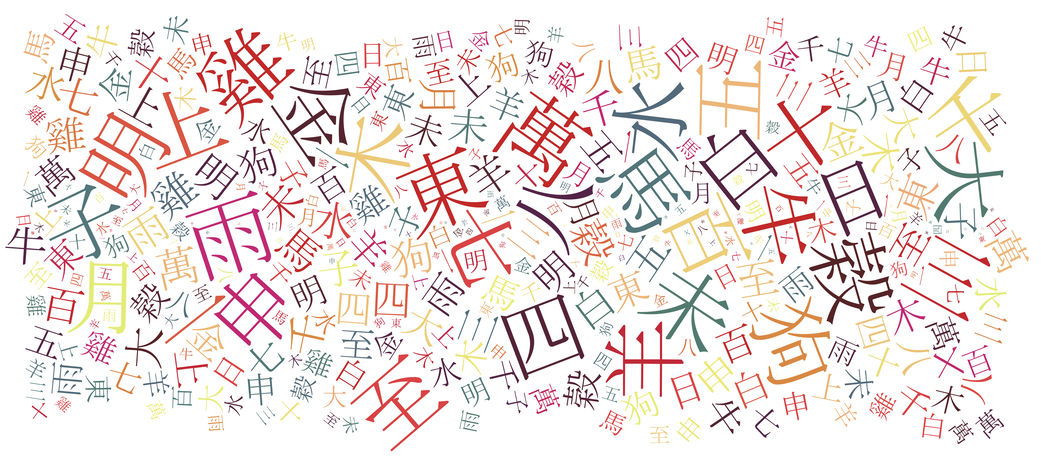This post is part of a new series of case studies by and for in-house editors. The focus of this series is on the personal experiences and various roles of in-house editors. A post will appear on the Editors’ Weekly every other month. If you’re interested in writing a post for this series, please email the Member Services Committee.

In July, I took a one-year full-time in-house job in the publishing department at the Legal Services Society (LSS), B.C.’s provider of legal aid. What a great career move! In my first four months, I’ve edited pamphlets, booklets, infographic posters and wallet cards; written a project proposal; and coded (and tested) website pages.
It was a surprise to learn the variety of work would involve proofreading translations. LSS offers its materials in many languages, including Spanish, Chinese, French and Punjabi, as well as Arabic and Farsi, which have right-to-left orientation, no less. Fortunately, it turns out that my shape-recognition reading skills, so useful in reading English at odd angles or from a distance, are pretty handy for proofreading in non-Roman alphabets, too.
We have translation reviewers who are primarily responsible for the content ― phew! But proofreading non-Roman alphabets presents unique challenges:
- How do you spot periods in a language with diacritics?
- How can you tell if an “-ing” has come loose in Farsi?
- Who knew Chinese has two kinds of comma (half breath and full breath!)?
Working with a right-to-left font is a challenge for designers, too. Doing one booklet in Farsi nearly made one in-house designer reconsider her career choice. Now we contract these projects out to a company that has the Middle Eastern version of InDesign.
Here’s how I recently proofread the laid-out pages for booklets in Arabic, Farsi, Chinese and Punjabi.
One at a time, I compared each translation to the English version to ensure the following:
- Each chapter contained the same number and relative length of paragraphs
- Any words that appeared in English (headings, unfamiliar terms) were correct
- Spacing between paragraphs, around punctuation and before/after English words was correct
- Headings matched the Table of Contents
- Styling was applied properly (headings, italics, bold, block quotations, etc.)
- Table of Contents page numbers were correct
- Bold terms in the text matched the glossary entries
- The glossary was in alphabetical order for the target language
- Images and illustrations were appropriately placed
- Images of people matched the culture of the target language
- Page numbers of cross-references were correct
- Front matter and covers were correct
Finally, I compared all translations to each other to ensure consistency.
Many proofreading tasks are the same, regardless of language, but working with translations raises additional questions:
- How are headings, emphasis and titles of publications usually styled in this language, especially when the alphabet doesn’t use capitals or italics?
- What do the punctuation marks look like and how are they used? For example, periods are vertical lines in Punjabi and small circles in Chinese; quotation marks vary across languages; and simplified Chinese has different rules than traditional Chinese.
- How will line breaks in URLs and strings of English (such as names and titles) in the middle of a paragraph affect readability in a right-to-left language? (Hint: It looks like gibberish, so we avoid it whenever possible.)
- Where will you use English numerals instead of the target language’s numerals?
Although the work is more mechanical than typical writing and editing, it’s just as satisfying to finish proofreading a translation. Now if I can just stop reading everything from right to left!
___
The Editors’ Weekly is the official blog of Editors Canada. Contact us.
Discover more from The Editors' Weekly
Subscribe to get the latest posts sent to your email.
